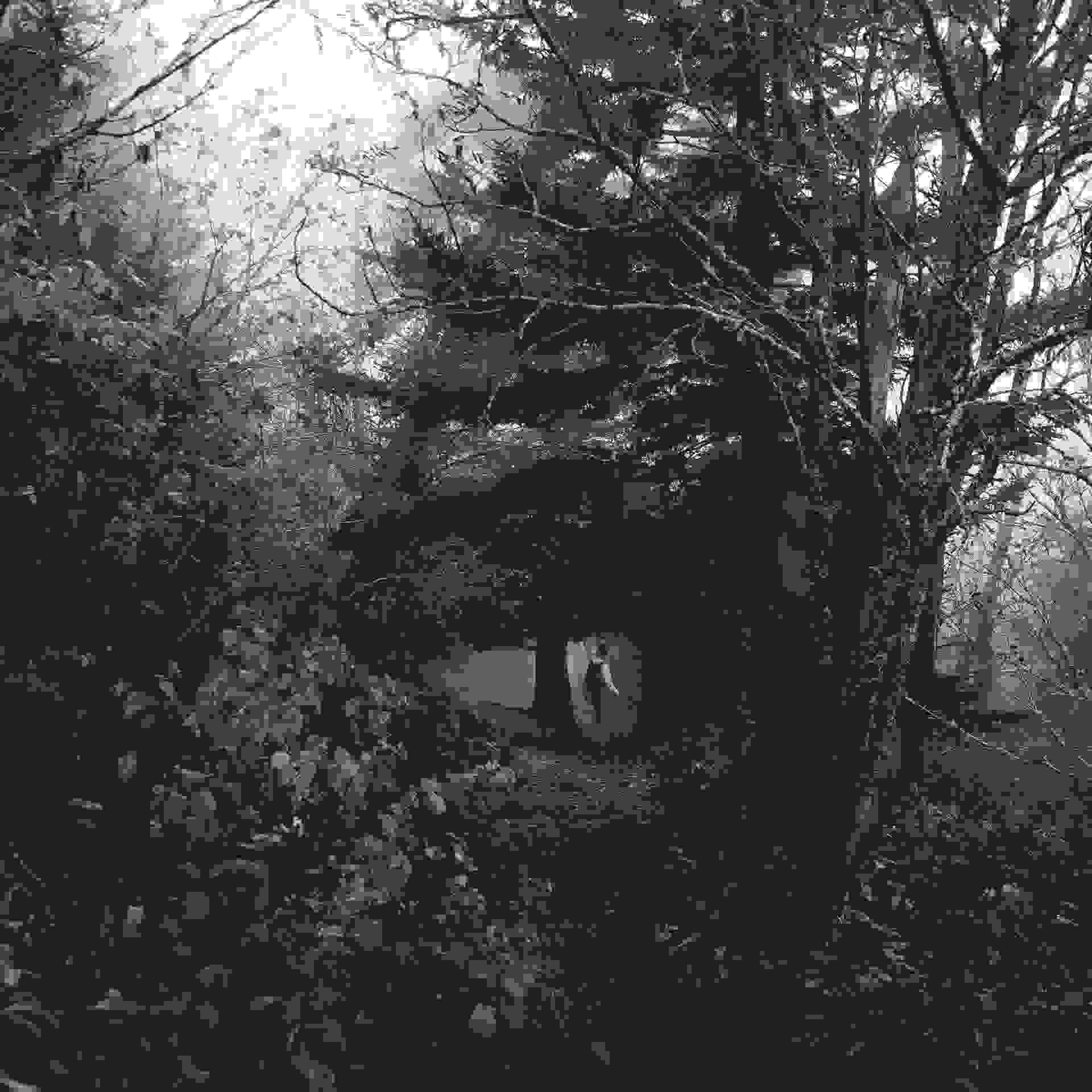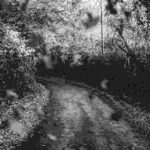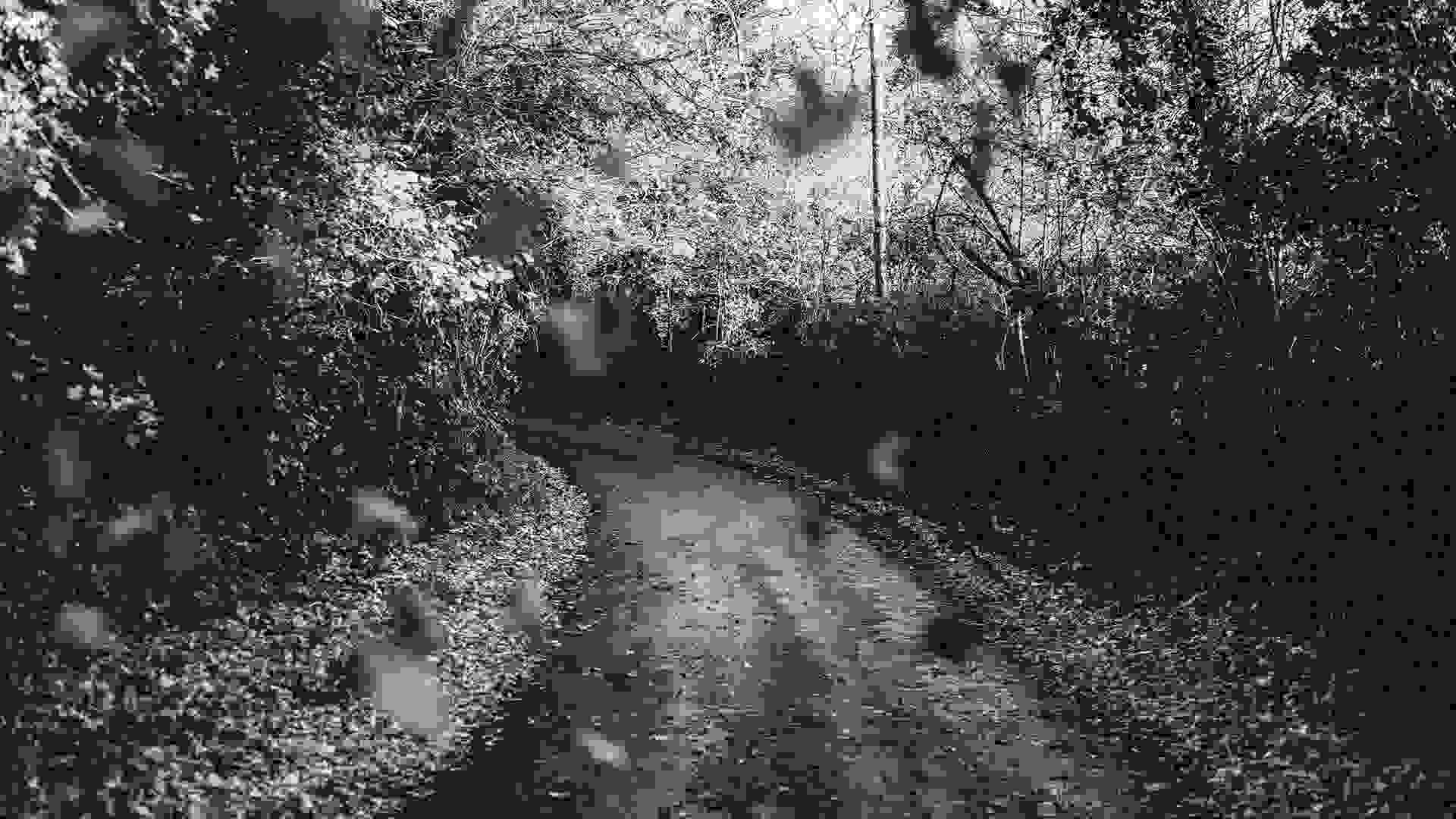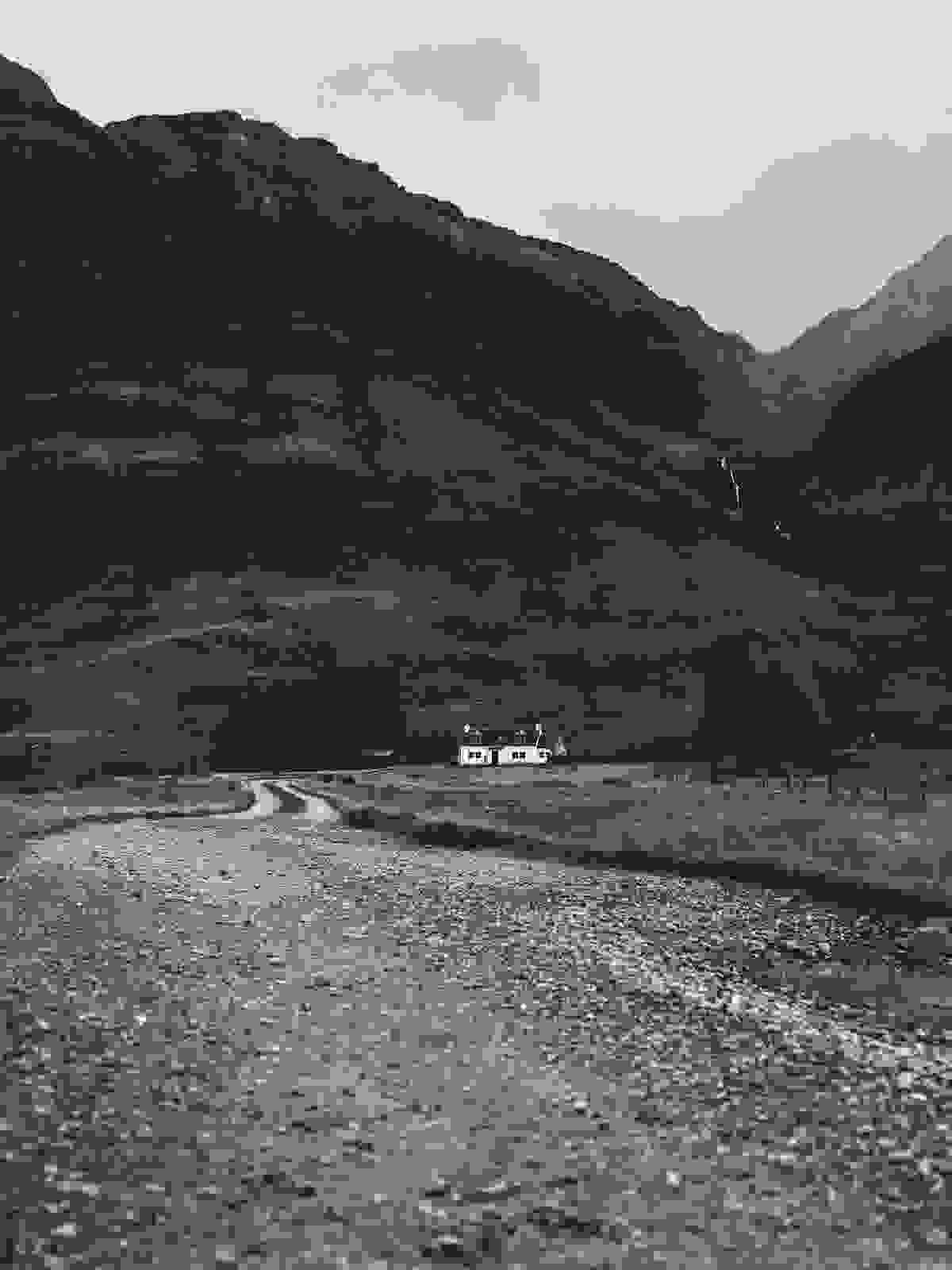What is a post format?
A post format is used by a theme for presenting posts in a certain format and style, such as „standard“, „image“, „gallery“ „audio“, „video“, „quote“, „status“, „aside“, „link“ and/or a „chat“ post. You can actually read thorough explanation of post formats on WordPress codex pages. (Post formats should not be confused with post types!)
Post formats supported in Modern
Post formats styling and support is left solely for a theme you are using. Here is how you use post formats supported in Modern WordPress theme:
Audio post format
Displays audio player (or playlist) to play your audio files. Could be used for podcasting.
Insert your audio player (or playlist) (or embed media) anywhere in the post content. The first audio player found will be used in the post media area in posts list. The single post page will display as usual.
Gallery post format
Insert a gallery anywhere in the post content. The first 3 gallery images will be used in slideshow in the post media area in posts list. The single post page will display as usual.
Image post format
In posts list it displays a featured image, or the first image found in post content, followed with post excerpt. Font sizes in posts list are different than in default standard post format. This post format is also marked with an image icon. The single post page will display as usual.
Link post format
It enhances any links in the post content. No post title in posts list and full post content is displayed there.
Quote post format
Displays a full post content as a quote, styled with accent colors. Also displays a post featured image if set.
You can use a cite HTML tag (inside a blockquote tag) to set the quote source. This way you can use any inline HTML to set the quote source.
Alternatively, you can set the quote source as a quote_source custom field, but there is no HTML allowed here.
Finally, if none of these are set, the post title is displayed as quote source.
Status post format
Status post format displays a whole post content in posts list. It is a short status update, similar to a Twitter status update. You can also set a post featured image, or the post author Gravatar will be displayed instead.
Video post format
Displays video player (or playlist) to play your video files. Could be used for video blogging.
Insert your video player (or playlist) (or embed media) anywhere in the post content. The first video player found will be used in the post media area in posts list. The single post page will display as usual.
If you experience any difficulty setting up post formats, please contact theme support.







 The few dust hits that were recorded sounded like the small pops caused by dust on a LP record, he said. What he had expected was something more like the din of „driving through Iowa in a hailstorm,” Dr. Kurth said.
The few dust hits that were recorded sounded like the small pops caused by dust on a LP record, he said. What he had expected was something more like the din of „driving through Iowa in a hailstorm,” Dr. Kurth said.